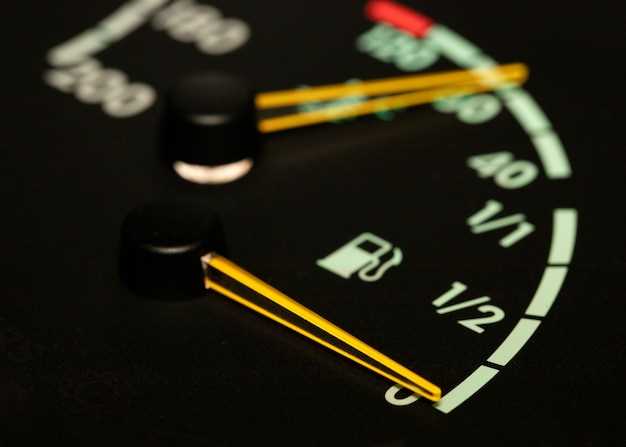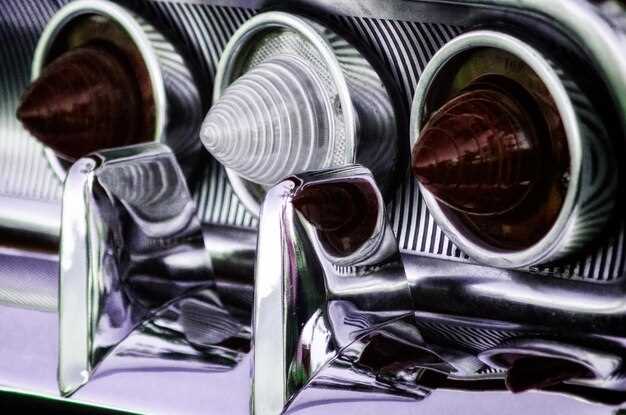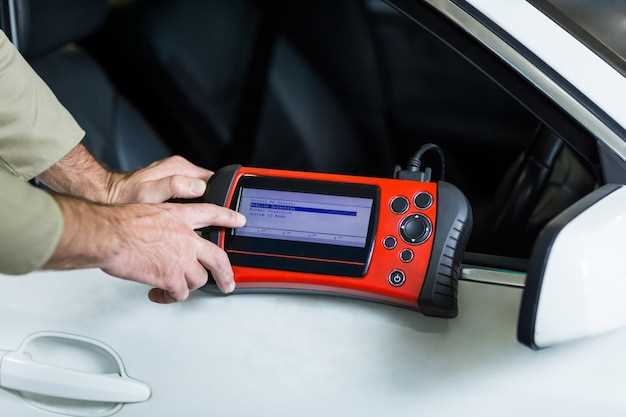

Turbocharged diesel engines are renowned for their efficiency and power, but their performance can be significantly hindered by boost leaks. A boost leak occurs when the pressurized air intended for the engine is lost due to faulty connections, damaged components, or improper seals. Detecting and repairing these leaks is essential to ensure optimal engine performance, fuel efficiency, and reduced emissions.
Implementing effective boost leak testing techniques is crucial for diagnosing issues that can arise in turbocharged diesel engines. Various methods exist to identify these leaks, ranging from simple visual inspections to sophisticated pressure testing. Each technique has its own set of advantages and prerequisites, making it important for automotive technicians to understand when and how to apply each method.
In this article, we will delve into the most effective boost leak test techniques available for turbocharged diesel engines. We will explore the tools required, step-by-step procedures for testing, and the most common pitfalls to avoid during the process. By mastering these testing methodologies, technicians can enhance their diagnostic capabilities and ensure that diesel engines operate at peak efficiency.
Identifying Common Sources of Boost Leaks in Turbo Systems
Boost leaks in turbocharged diesel engines can significantly impact performance, fuel efficiency, and overall engine reliability. Identifying the sources of these leaks is crucial for maintaining optimal system functionality. Common areas to inspect include intercooler connections, boost piping, and various seals.
First, the intercooler connections are often a primary suspect. These joints may become loose over time due to vibrations or temperature fluctuations. Inspecting hose clamps and ensuring they are tightly secured can prevent air from escaping. Additionally, damaged or cracked intercoolers can reduce boost pressure, making it essential to perform a thorough visual inspection for any signs of wear.
Next, boost piping serves as the conduit for compressed air. Check all piping for signs of wear, such as abrasions or cracks. Pay particular attention to sections that may be exposed to high temperatures or physical stress. A simple test to identify leaks in boost piping is to apply soapy water; bubbles will form at leak points, allowing for quick identification.
Another common source of leaks is the seals and gaskets used within the turbo system. Turbocharger outlet gaskets can degrade over time, leading to potential leaks. Regularly inspecting these components for damage and ensuring proper installation is critical. Replacing old gaskets with high-quality alternatives can enhance system integrity.
Lastly, ensure that all vacuum hoses associated with boost control systems are intact and properly connected. Cracks or loose fittings in these hoses can cause substantial air leaks, negatively affecting the turbo’s performance. A thorough leak test involving a pressure test for the entire system will assist in uncovering hidden leaks effectively.
In summary, addressing boost leaks requires a systematic assessment of the turbo system components. Regular maintenance and proactive inspections will help in identifying and rectifying leaks, ensuring that the turbocharged diesel engine operates efficiently and reliably.
Step-by-Step Guide to Performing a Boost Leak Test

Performing a boost leak test on a turbocharged diesel engine is essential to ensure optimal performance. Any leaks in the intake system can lead to a significant loss of power and efficiency. This guide will walk you through the process of conducting a thorough boost leak test.
1. Gather Equipment: You’ll need a boost leak tester, an air compressor, a pressure gauge, and various adapters for your specific intake setup. Ensure the engine is cool and the turbo system is accessible.
2. Prepare the Engine: Remove the intake hose from the turbo inlet or the air filter housing. This will allow you to connect the boost leak tester directly to the system. Make sure all other connections in the intake system are secure before starting.
3. Assemble the Boost Leak Tester: Connect the boost leak tester to the inlet. Many testers will include a rubber fitment that seals tightly against the intake. Make sure it is secured to prevent any air from escaping.
4. Pressurize the System: Using an air compressor, slowly introduce air into the intake system. Monitor the pressure gauge and aim for the specified boost level, typically between 10-20 psi. Ensure you maintain this pressure for 1-2 minutes.
5. Listen for Leaks: While the system is pressurized, carefully listen for any hissing sounds that indicate a boost leak. Common leak points include hose connections, intercooler, and gaskets. A spray bottle with soapy water can help identify smaller leaks by creating bubbles at the leak sites.
6. Inspect Components: If you suspect leaks, visually inspect hoses, intercooler, and clamps for cracks or weaknesses. Pay particular attention to areas where components join together. Replacing or reseating these components may resolve the leaks you’ve identified.
7. Document Findings: Make a note of any leaks discovered during the test, and prioritize repairs based on severity. Conducting regular boost leak tests can help maintain turbo system efficiency and engine performance.
8. Reassemble and Test Drive: Once repairs are made, reassemble the intake system and securely attach the intake hose. Start the engine and perform a test drive to ensure everything is functioning correctly under load.
By following these steps, you can effectively identify and resolve boost leaks in your turbocharged diesel engine, ensuring enhanced performance and efficiency.
Choosing the Right Tools and Equipment for Turbo Leak Detection

Effective turbo leak detection is vital for maintaining the performance and efficiency of turbocharged diesel engines. Choosing the appropriate tools and equipment is essential to accurately identify and fix leaks.
1. Pressure Test Kit: A pressure test kit is fundamental for conducting a leak test. These kits typically include various adapters to fit different turbo configurations. They allow you to pressurize the intake system and listen for any escaping air. Look for kits that come with a pressure gauge for precise monitoring.
2. Smoke Machine: Utilizing a smoke machine is one of the most reliable methods for detecting leaks. These machines produce a dense smoke that can seep out of any cracks or weaknesses in the system. The visual cues provided by the smoke make it easy to pinpoint leak locations.
3. Ultra-Sonic Leak Detector: This high-tech tool listens for the high-frequency sound generated by a leak. Ultrasonic detectors can be particularly effective in noisy environments where traditional methods may struggle. They provide accurate readings, giving you confidence in your leak test results.
4. Vacuum Gauge: A vacuum gauge can be a valuable addition to your toolkit when testing for turbo leaks. It helps measure the effectiveness of the turbocharger and can indicate blockages or leaks in the system. Consistent readings provide insight into the overall health of the turbo system.
5. Handheld Pressure Gauge: For simple leak testing, a handheld pressure gauge can be useful. This device allows for quick checks on pressure levels throughout the turbo system, ensuring that everything is functioning as it should.
When choosing tools for turbo leak detection, consider the specific needs of your diesel engine, and ensure the equipment is compatible with your turbo setup. Efficient leak testing can save time and prevent costly repairs down the line.






